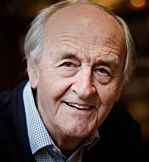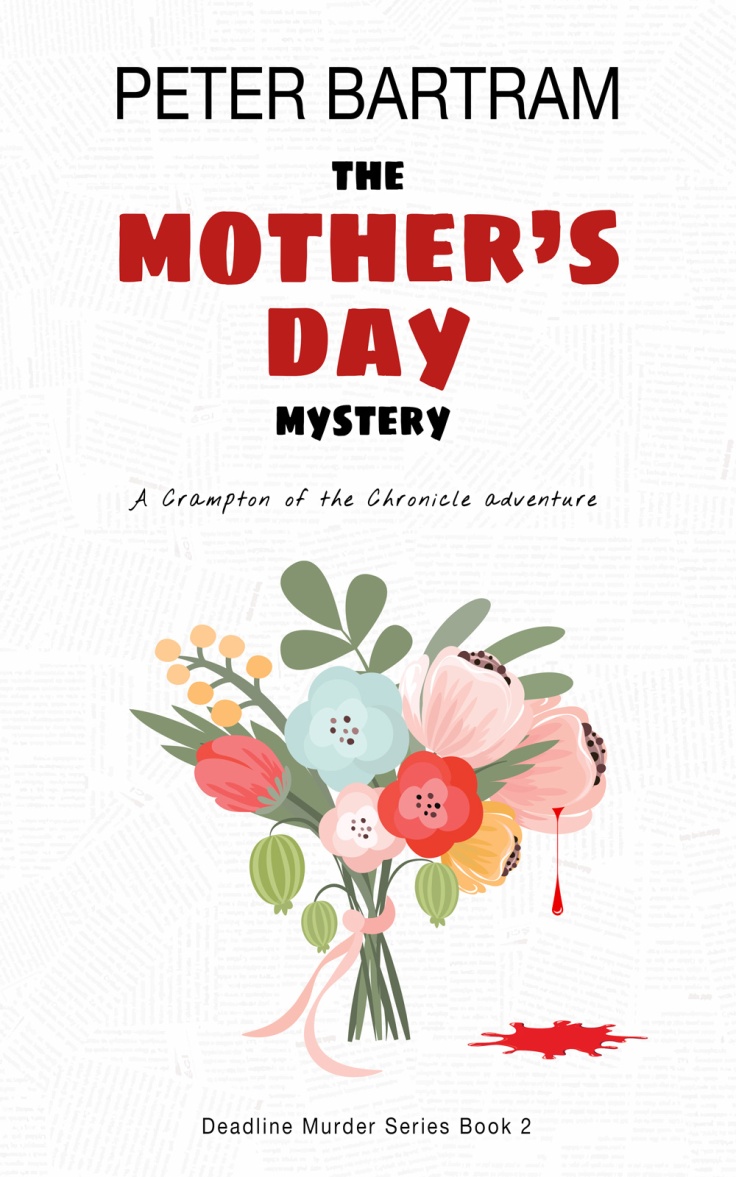
 Peter Bartram (left) is an old school journalist who has turned his life’s work into an engaging crime series set in 1960s Brighton, featuring the resourceful reporter on the local paper, Colin Crampton. Peter now reveals how he came to invent his alter ego. You can read reviews of three Crampton of The Chronicle novels by clicking the title links below.
Peter Bartram (left) is an old school journalist who has turned his life’s work into an engaging crime series set in 1960s Brighton, featuring the resourceful reporter on the local paper, Colin Crampton. Peter now reveals how he came to invent his alter ego. You can read reviews of three Crampton of The Chronicle novels by clicking the title links below.
The Tango School Mystery
Front Page Murder
Stop Press Murder
THE NEWS EDITOR, THE WOODBINES AND A EUREKA MOMENT by Peter Bartram
Two hours into my first day as a newspaper reporter, aged 18, my news editor called me into his office and said: “I’ve got a job for you.” I thought: “This is great. I’m going to be sent out on a big story.” He gave me half a crown – twelve and half pence if you’re two young to remember the old currency – and said: “Just pop across the road to the shop and buy me 20 Woodbines.”
Well, it was a start in newspapers that turned out to be surprisingly useful a good many years later when I was thinking about writing a crime mystery series. My original idea had been to base the series around two ill-matched characters – a formula that has served well in thousands of crime books from Holmes and Watson, through Poirot and Hastings, to Dalziel and Pascoe. The trouble was I couldn’t think of any way to make my pair original.
Whenever I thought of an idea, it turned out that something similar had already been done. And then I had a Eureka moment. The answer to my problem was staring me in the face. I was a journalist. I would make my protagonist a journalist. My reporter hero would be a young journalist starting his first job, aged 18, just as I had done. He’d be given some dull jobs to do – just as I’d been – but he’d also stumble across crimes to solve.
On my paper, the chief reporter had started me off covering batches, matches and despatches – better known as births, marriages and deaths. As it happened, there weren’t many batches to write about. The trick with writing the matches was to avoid double-entendres. Never write, “the bride carried a sheath of flowers,” the chief reporter warned me.
But the despatches carried different perils. I turned up at one house to discover the deceased had been laid out on the dining room table. I’m not sure what the rest of the household were doing for dinner that night.
I soon found there were perils in newspaper work I hadn’t fully appreciated. One of them occurred in my first week. One of the sports reporters had covered a football match. He’d started his report: “This was a scrappy game of football.” Except that the compositors – the mischievous guys who set the paper in hot metal type in those days – had dropped the “s” off the word “scrappy”.
That morning, you could see people all over town sniggering at the piece. Later, you could hear the editor yelling at the proof readers. Anyway, I was so taken with the idea of having a rookie reporter as a crime-busting hero, I rushed to my laptop and batted out the first chapter. A couple of hours later, I realised I’d made a big mistake. A rookie simply wouldn’t have the experience to tackle the challenges a crime buster would face.
I sat down and thought about it some more. I decided that my protagonist would be a crime reporter who’d have regular contact with the police – one of my early newspaper jobs was to attend the local cops’ daily press briefing. But I also realised he’d need realistic newspaper characters around him.
 And that was when I remembered my first news editor. I never saw him without a Woodbine hanging off his lower lip. And so Frank Figgis, news editor of the Evening Chronicle, was born. Of course, there was still lots to think about – especially more regular characters. But with Colin (right) and Frank I felt I was on my way. Both of them have big roles to play – along with other regulars, especially Colin’s girlfriend Shirley Goldsmith – in the latest tale The Mother’s Day Mystery.
And that was when I remembered my first news editor. I never saw him without a Woodbine hanging off his lower lip. And so Frank Figgis, news editor of the Evening Chronicle, was born. Of course, there was still lots to think about – especially more regular characters. But with Colin (right) and Frank I felt I was on my way. Both of them have big roles to play – along with other regulars, especially Colin’s girlfriend Shirley Goldsmith – in the latest tale The Mother’s Day Mystery.










